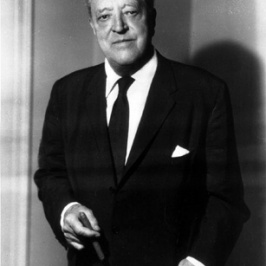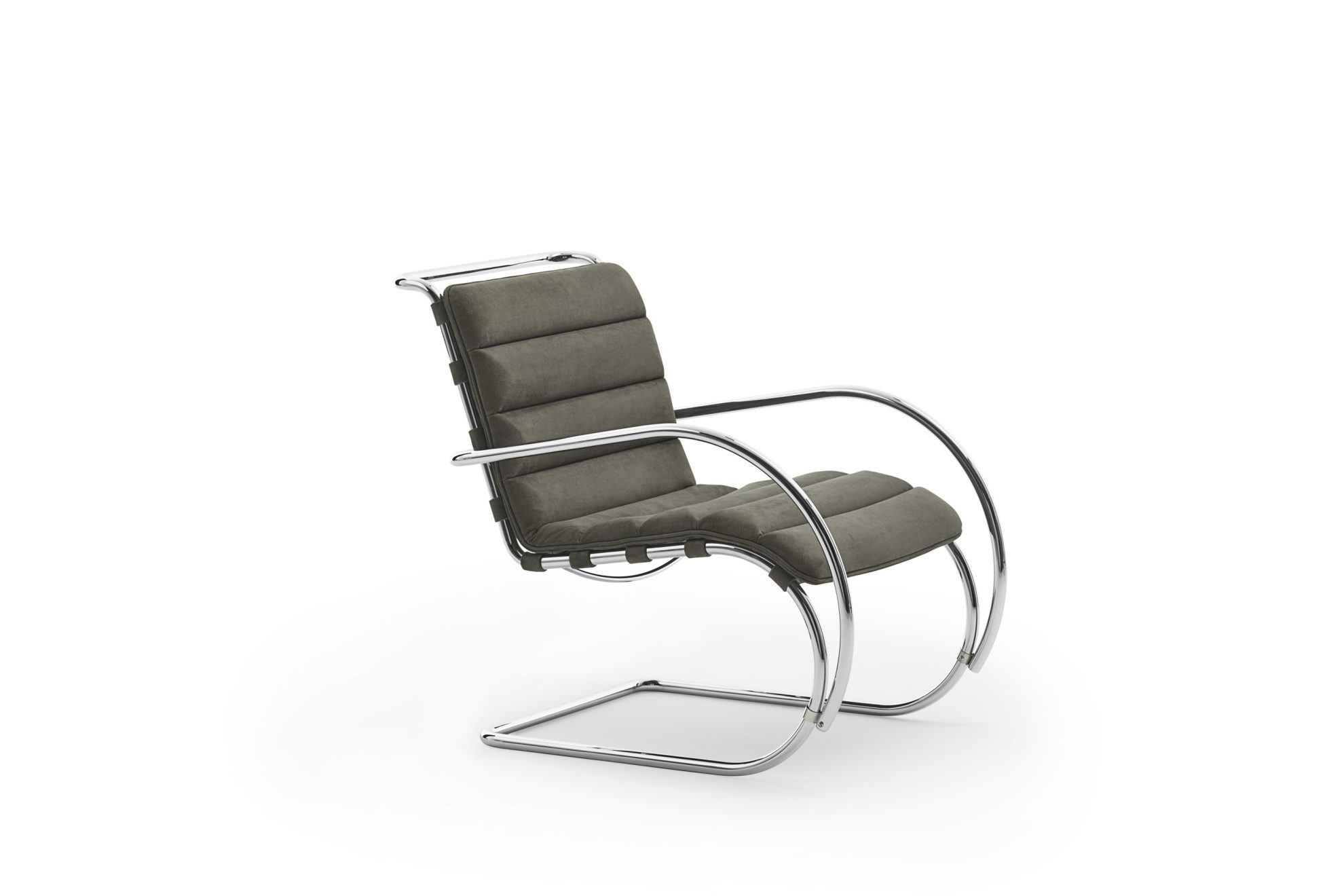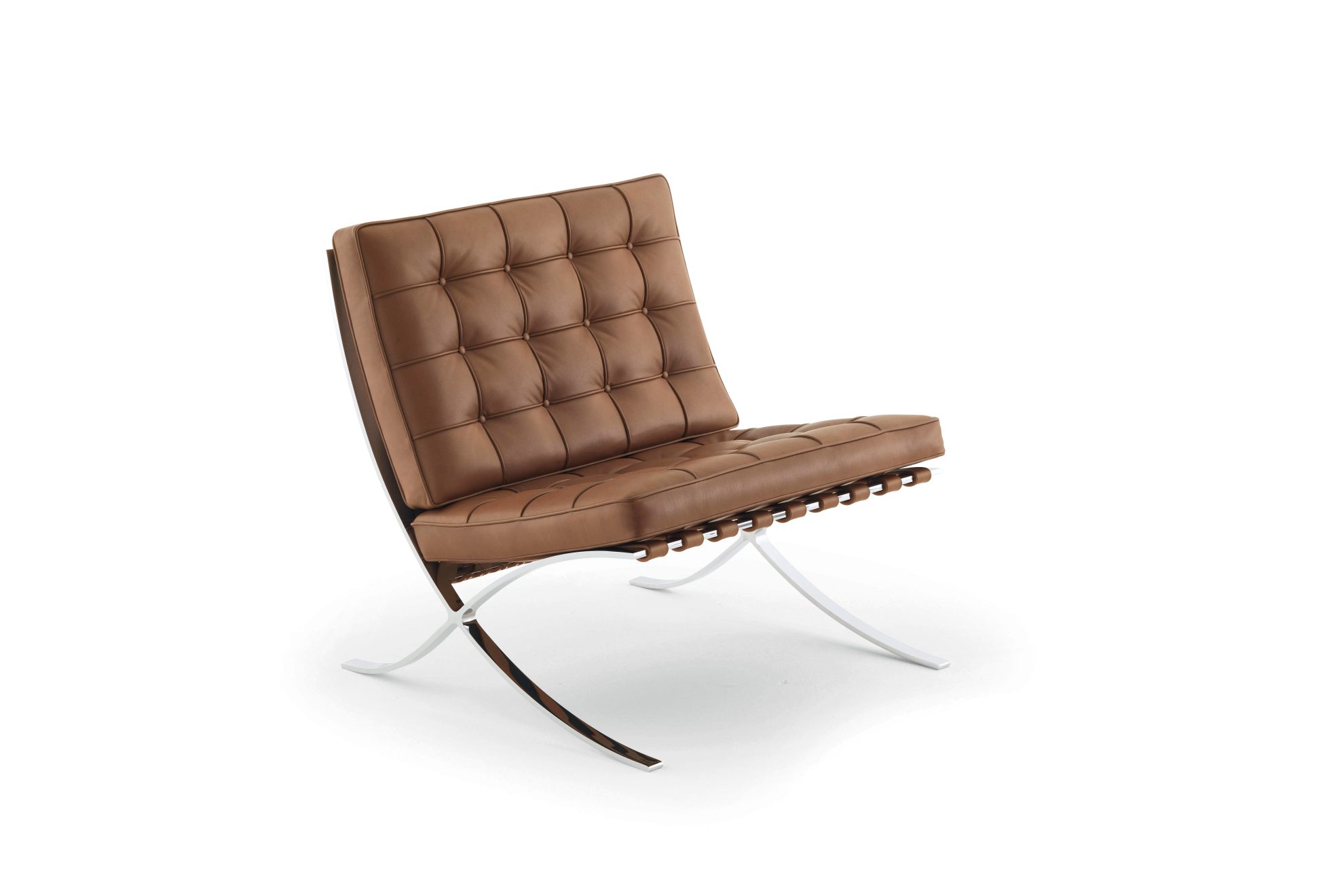
Ludwig Mies van der Rohe (1886–1969) stands as one of the most influential architects of the 20th century, renowned for his minimalist and modernist designs that continue to shape the world of architecture and design. Born in Aachen, Germany, he began his career as a draftsman and quickly established himself as a key figure in the burgeoning modernist movement.
Mies van der Rohe’s design philosophy was characterized by the famous phrase “less is more.” He believed in the power of simplicity, using clean lines, open spaces, and an emphasis on functionalism to create spaces that were both aesthetically pleasing and practical. His innovative use of steel and glass revolutionized architectural construction, most notably seen in his iconic works like the Barcelona Pavilion and the Seagram Building in New York City.
His tenure as the director of the Bauhaus School of Design marked a significant period of his career, where he championed the integration of art and technology in architectural education. The term “International Style” is often associated with his approach, emphasizing universal design principles that transcended national boundaries.
Mies van der Rohe’s legacy continues to influence contemporary architecture and design, as his ideas and creations remain timeless and relevant. His dedication to simplicity, functionality, and the harmonious relationship between the built environment and nature has left an indelible mark on the architectural landscape, inspiring generations of designers to rethink the way we inhabit and experience spaces.

